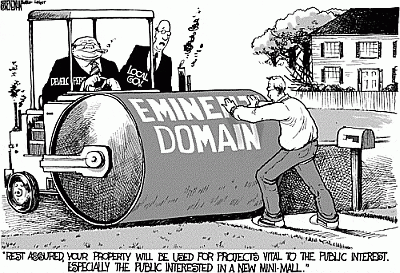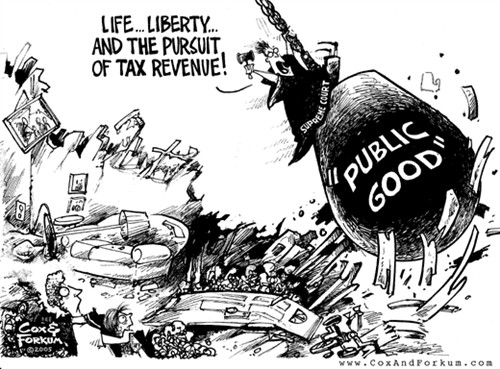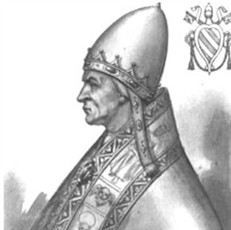
Eminent domain is the power of government to condemn privately owned land. This absolute authority was seldom opposed by whites when the government was condemind Indian lands, but it always becomes an incendiary political issue when white lands are being condemned.
Eminent domain, a legal tool used by the state to
confiscate, or condemn, privately owned land, has its origins as a
law in the Middle Ages.
click here for more

To this day, eminent domain, a law
that has roots in the crusades of the Middle Ages, is a hot button
issue for many Americans. When treaty tribes on the upper
Missouri River lost most of their homelands to eminent domain in
the 1950s to make way for a series of flood control dams, very few
people in the non-Indian American community came to their
defense.

This controversial
power gives the state the authority to seize a citizen's private
property so long as the individual is given monetary
compensation. Eminent domain gives the state the right
to seize private property without obtaining the permission of the
owner. Most property seized by eminent domain is put to use
for a public need, such as a public utility, a highway, or a
transportation waterway. This power, with its origins
in the papacy of the Middle Ages, is, to this day, a contentious
legal tool of government.
Pope Innocent IV
encyclical, Quod super his, in the Middle Ages, is the
origin of the law we know in modern times as 'eminent domain.'
Related People
Related Events
Related Flashpoints